Unleash Your Inner Pokémon Trainer: Create Your Own Pokémon with AI
Use Your Imagination: Craft Your Dream Pokémon with the Power of AI!
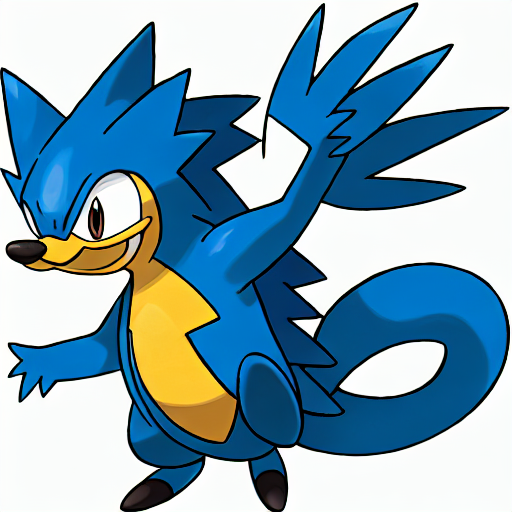
Ever fantasized about designing a unique Pokémon that springs straight from your imagination to the computer screen? Get ready to be amazed, as we're about to turn that dream into reality with the incredible power of AI!
Are you prepared to embark on this thrilling creative adventure? Let's go!
In this beginner-friendly guide, I'll walk you through how to generate your own Pokémon from text using an AI model created by Lambdal called "text-to-pokemon." This model is one of the most popular models on Replicate!
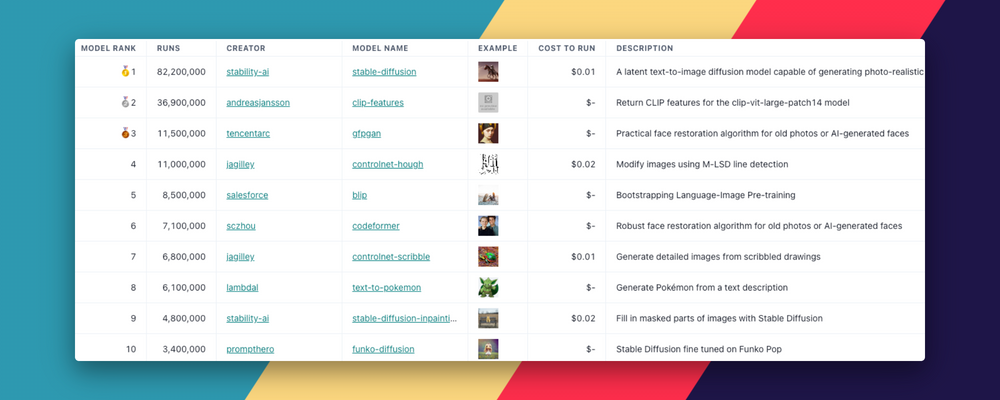
We'll learn how to interact with the model via Replicate's UI and via Python, and understand how it works and how we can tweak it to fit our needs.
We'll also see how we can use Replicate Codex to find similar models and decide which one we like. Let's begin.
About the Text-to-Pokemon Model
The text-to-pokemon model is a diffusion fine-tuned AI model designed to generate Pokémon characters from a text description. With over 6.2 million runs, this AI model has gained popularity among Pokémon fans and creative minds alike. It's the 8th-most popular model on Replicate and costs about $0.011 per run on replicate.
You can learn more about the model and its creator by visiting the Replicate Codex link. It's also open source and you can run it on your own computer.
Wait, what's a diffusion model?
In beginner terms, a diffusion model is a way to create new content, such as images or text, using artificial intelligence. It works by starting with an image and adding random noise (like static on a TV screen). Then, the AI gradually transforms the image into a meaningful output by removing the static, like an image or text, based on the input or prompt given.
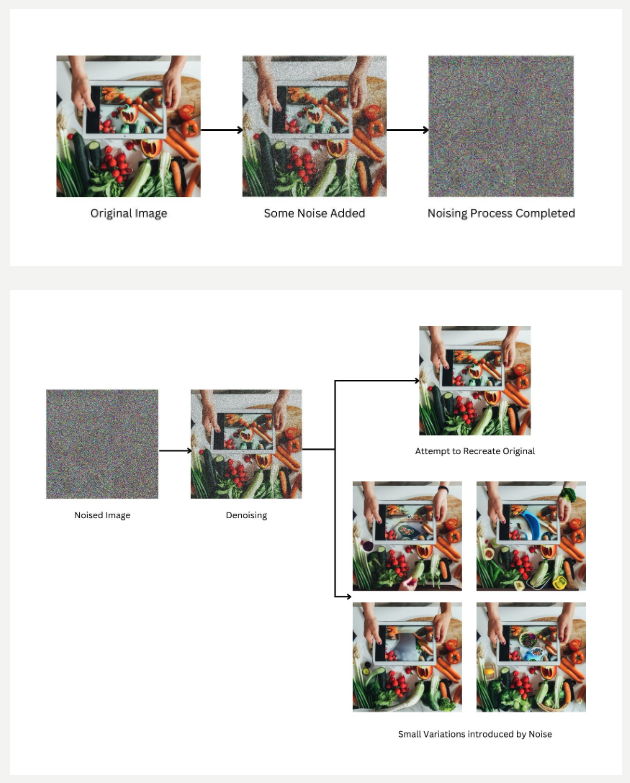
It studies the steps it used to recreate the original and learns patterns from it. Then, when you ask it to create a variation, it modifies its steps a bit to give a new image.
Ok! Now that we know what we're dealing with, let's dive into the step-by-step guide on how to interact with the text-to-pokemon API on Replicate. First, we'll take a look at the model inputs and outputs and what they mean.
Understanding the Inputs and Outputs of the Text-to-Pokemon Model
Before diving into the details, let's take a closer look at the various inputs and outputs of the text-to-pokemon model and understand their acceptable values. We'll also explore different scenarios where you might want to change these values.
Inputs
- prompt (string): This is the text description you provide to the model to generate your desired Pokémon. You can use any creative description that helps you create the Pokémon you have in mind.
- num_outputs (integer): This input determines the number of images to output. The acceptable values are 1, 2, 3, or 4. You may want to increase this value if you'd like to generate multiple Pokémon images from the same text prompt, giving you more options to choose from.
- num_inference_steps (integer): This input controls the number of denoising steps. The default value is 25, and the acceptable range is 1 to 50. Increasing this value can improve the quality of the generated image, but it might also increase the processing time. You can experiment with this value to find the balance between image quality and processing time that works best for your needs.
- guidance_scale (number): This input controls the scale for classifier-free guidance. The default value is 7.5, and the acceptable range is 1 to 20. A higher guidance_scale value may result in stronger guidance for the model to follow the text prompt, but it could also lead to more artifacts in the generated image. You can adjust this value to find the right balance between text guidance and image quality.
- seed (integer, optional): This input sets the random seed. If left blank, the seed will be randomized. Using the same seed with the same input parameters will produce the same image, allowing you to reproduce your results. You might want to set a specific seed if you're trying to compare different settings of the model or share your work with others who can reproduce your exact results.
Outputs
The output of the text-to-pokemon model is an array of image URIs. The number of images in the array corresponds to the num_outputs input value. Each image in the array is a unique Pokémon generated based on the text prompt and other input parameters you provided.
The output schema for the model is as follows:
{
"type": "array",
"items": {
"type": "string",
"format": "uri"
},
"title": "Output"
}Now that you have a better understanding of the inputs and outputs of the text-to-pokemon model, you can more effectively fine-tune the parameters to create the perfect Pokémon to suit your imagination!
Step-by-Step Guide to Generate Your Own Pokémon
If you're not up for coding, you can interact directly with this model's "demo" on Replicate via their UI. You can use this link to interact directly with the interface and try it out! This is a nice way to play with the model's parameters and get some quick feedback and validation.
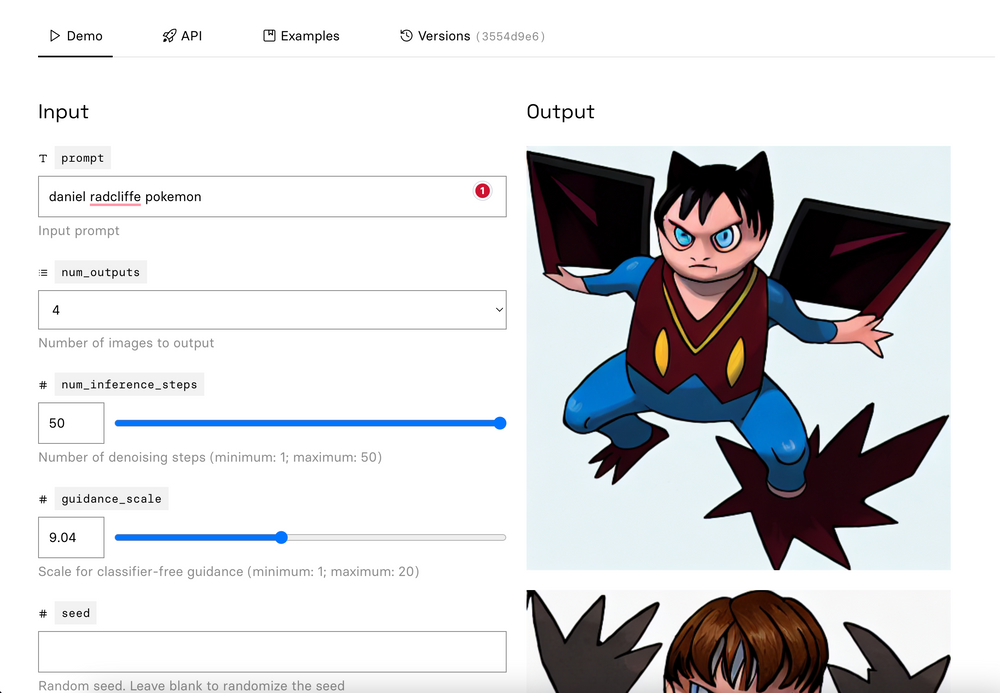
If you're more technical and looking to eventually build a cool tool on top of this model, you can follow these simple steps to create your very own Pokémon using the text-to-pokemon model on Replicate.
Step 1: Install the Replicate Python Client
First, you'll need to install the Replicate Python client from PyPI. Run the command below to install the client:
pip install replicate
Step 2: Set up API Token
Copy your API token and authenticate by setting it as an environment variable:
export REPLICATE_API_TOKEN=[token]If you can't find your API token, you can access it by clicking on the "Account" tab in the top right of any page on the Replicate site.
Step 3: Run the Model with Your Inputs
Now, you're ready to run the model using just a few lines of code:
import replicate
model = replicate.models.get("lambdal/text-to-pokemon")
version = model.versions.get("3554d9e699e09693d3fa334a79c58be9a405dd021d3e11281256d53185868912")
inputs = {
'prompt': "", # Add your text prompt here
'num_outputs': 1,
'num_inference_steps': 25,
'guidance_scale': 7.5,
}
output = version.predict(**inputs)
print(output)
This is the beauty of Replicate - look how quick and easy it was to set this up 😎
Replace the empty string in the prompt input with your desired text description, and you're good to go! The result will be available at the "URI" in the output. Here’s what I got for the prompt “Sonic the Hedgehog as a pokemon” with the default parameters.
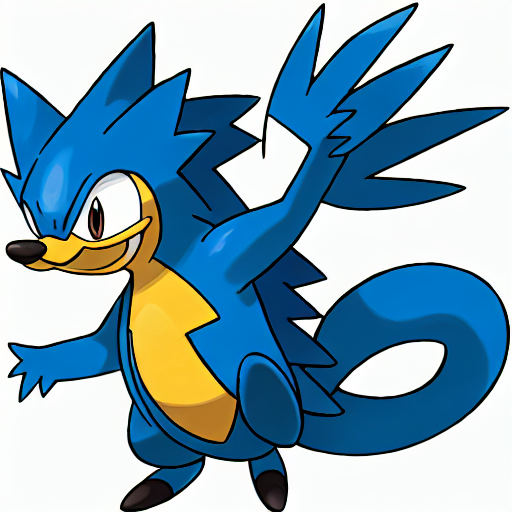
Taking it further - finding other Pokémon models with Replicate Codex
Replicate Codex is a fantastic resource for discovering AI models that cater to various creative needs, including image generation, text-to-image conversion, and much more. It's a fully searchable, filterable, tagged database of all the models on replicate, and also allows you to compare models and sort by price or explore by the creator. It's free, and it also has a digest email that will alert you when new models come out so you can try them.
If you're interested in finding similar models to the text-to-pokemon model and comparing their outputs, you can use the powerful search and filter features in Replicate Codex. Here's a quick guide on how to do that:
Step 1: Visit Replicate Codex
Head over to Replicate Codex to begin your search for similar models.
Step 2: Use the Search Bar
Use the search bar at the top of the page to search for models with specific keywords, such as "text-to-image," "Pokémon," or "character generation." This will show you a list of models related to your search query.
Step 3: Filter the Results
On the left side of the search results page, you'll find several filters that can help you narrow down the list of models. You can filter by model type (such as "Text-to-Image" or "Image-to-Image"), cost per run, creator, and more. Adjust the filters to your preference to discover models that best suit your needs. You can also sort the models by price by using the filters.
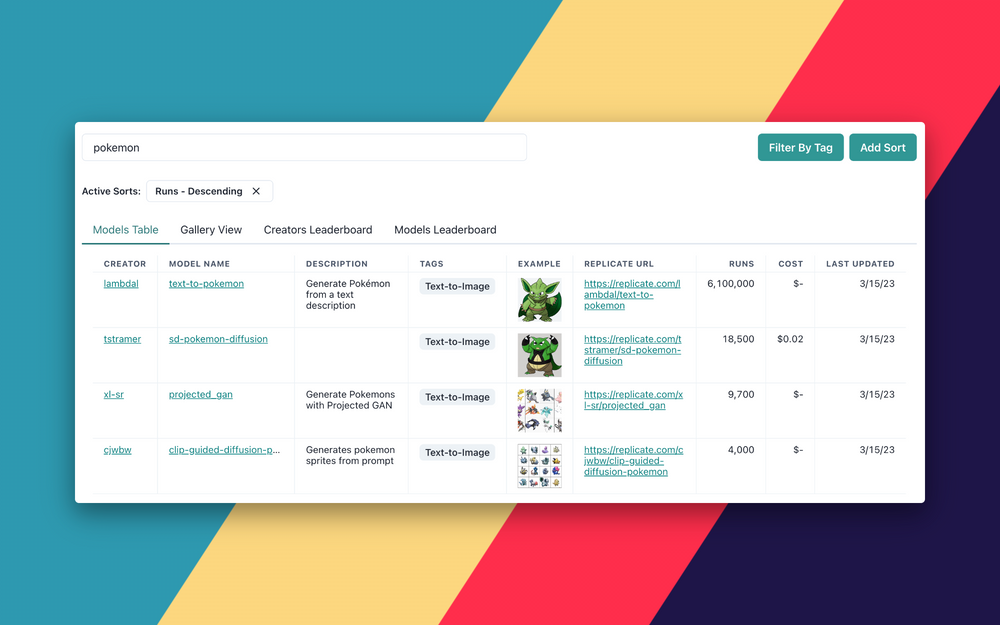
In this example, I searched for pokemon models and then choose to sort them by runs so we can see the next-most-popular options.
Step 4: Explore Model Details
Once you've found a model that interests you, click on it to view more details, including a description, input/output parameters, and example code. You can also find links to the creator's profile and other relevant resources.
I like to click on the creator's name to view their profile and poke around the other models they have built. It tells me a lot about their interests and what they might be cooking up next.
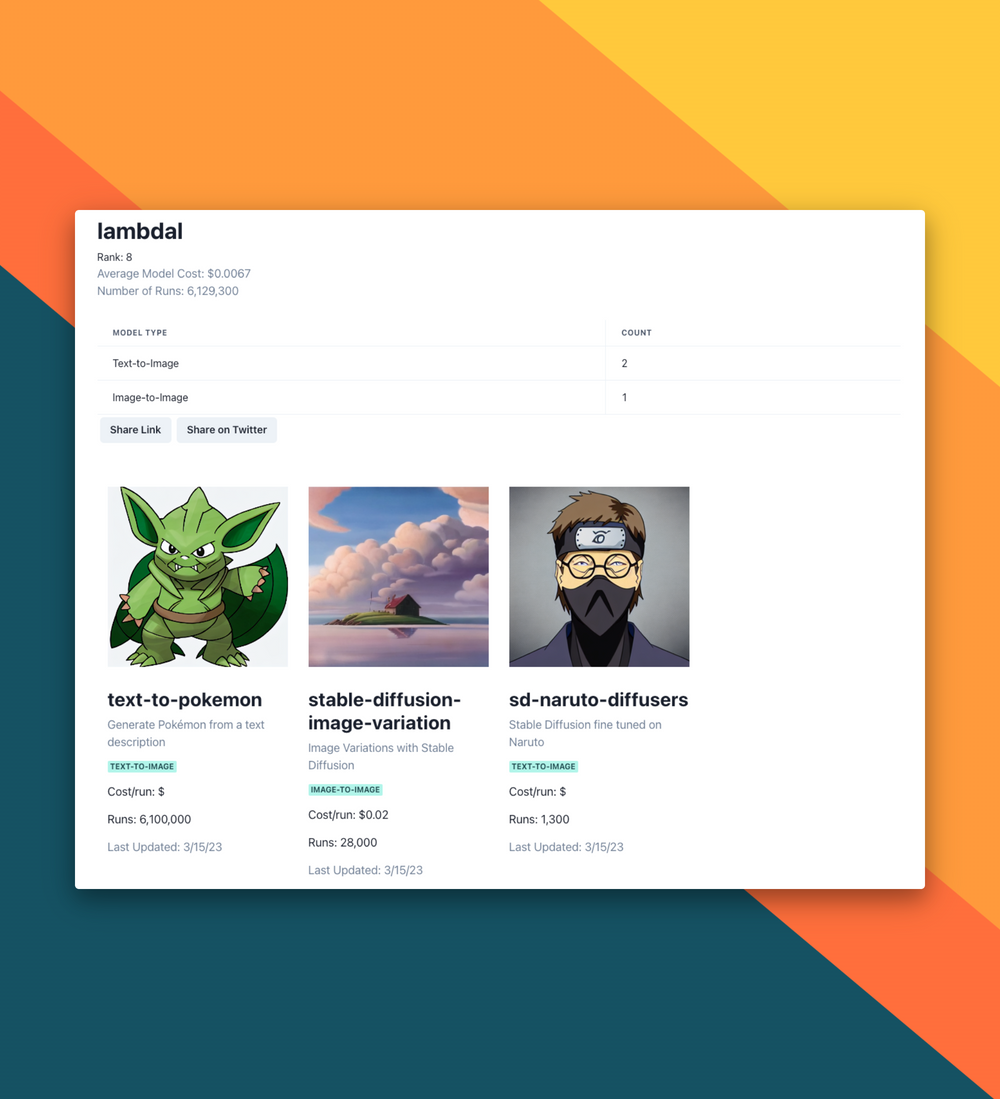
I also like browsing the "similar creators" section below the creator overview to find people working on similar models - text-to-image models, in this case.
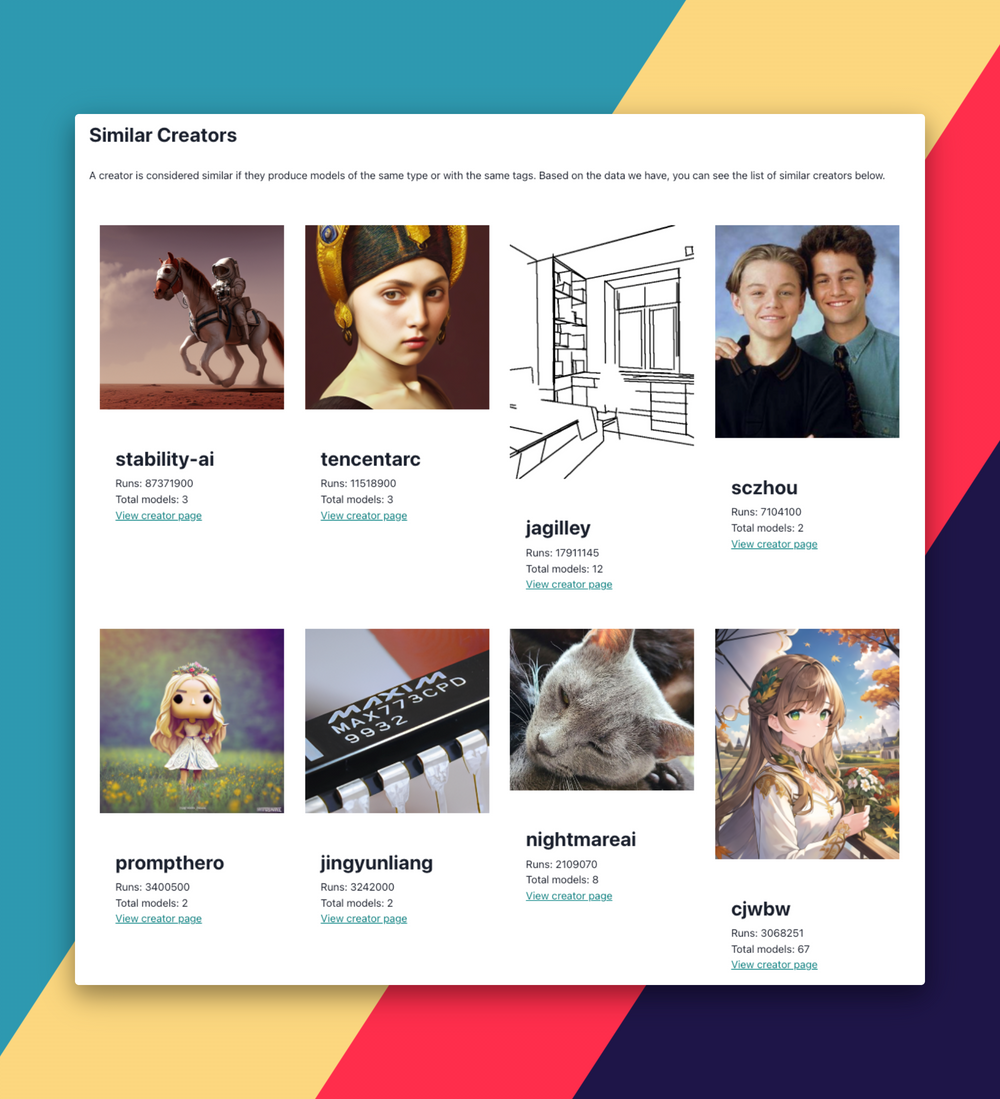
Step 5: Compare Outputs
To compare the outputs of different models, you can run them using their respective example code, provided in their Replicate pages. Adjust the input parameters as needed and feed the models with the same text prompt. By comparing the generated images, you can determine which model produces results that align best with your expectations and requirements.
Here are the direct links you can use:
- https://replicate.com/lambdal/text-to-pokemon (the example we used in this tutorial)
- https://replicate.com/tstramer/sd-pokemon-diffusion
- https://replicate.com/xl-sr/projected_gan (has an issue that means it won't run on replicate right now)
- https://replicate.com/cjwbw/clip-guided-diffusion-pokemon
Play around with each model and see which you like best. If you found a cool result, Tweet it at me! You can also send me any questions you have.
Conclusion
In this beginner-friendly guide, we embarked on a creative journey to generate our very own Pokémon using the text-to-pokemon AI model on Replicate. Along the way, we learned about the fantastic resource that is Replicate Codex and how it can help us explore and discover a vast array of AI models available on Replicate. We also delved into the details of the text-to-pokemon model, understanding the inputs and outputs and how to fine-tune them to achieve our desired results.
We also discussed how to leverage the search and filter features in Replicate Codex to find similar models and compare their outputs, allowing us to broaden our horizons in the world of AI-generated content.
I hope this guide has inspired you to explore the creative possibilities of AI and bring your imagination to life. Don't forget to subscribe for more tutorials, updates on new and improved AI models, and a wealth of inspiration for your next creative project. Happy Pokémon creating and exploring the world of AI with Replicate Codex! Catch 'em all!
Subscribe or follow me on Twitter for more content like this!


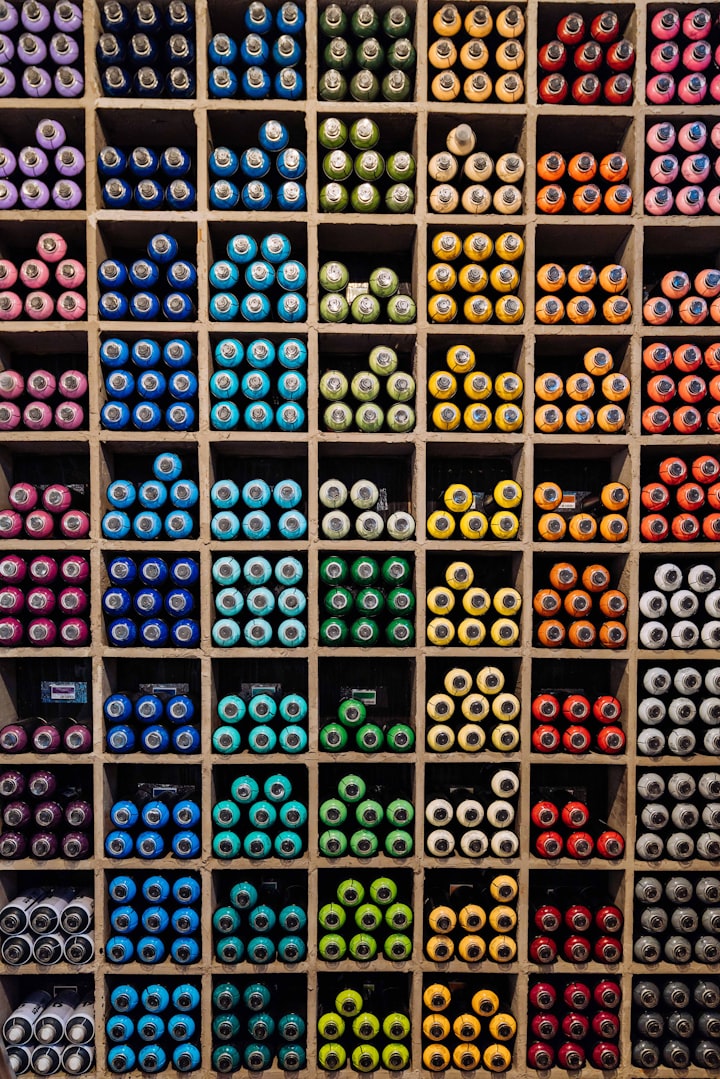

Comments ()